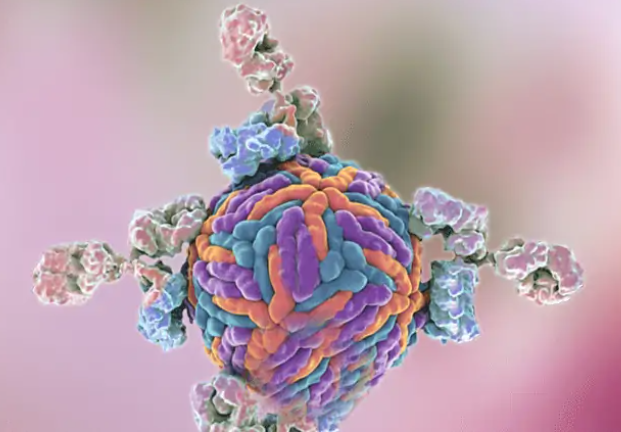Advancing Cancer Therapy: The Revolutionary Impact of Bispecific Antibodies

In the ever-evolving field of biomedical research, a significant transformation is underway in the realm of tumor treatment. The emergence of Bispecific Antibodies (BsAbs) is marking a groundbreaking shift, positioning itself as a revolutionary cornerstone in the ongoing battle against cancer.
Bispecific antibodies, a class of antibodies with the unique ability to simultaneously bind to two distinct antigens, represent a paradigm shift in the approach to cancer treatment. Tailored for precision, these antibodies can engage with antigens on both the surface of cancer cells and immune cells, enabling precise identification and targeted therapeutic interventions. This innovative design offers distinct therapeutic advantages, effectively addressing the challenges posed by tumor heterogeneity – a formidable obstacle for conventional treatment methods.
Tumor heterogeneity, characterized by diverse antigen structures, often renders traditional treatments ineffective. The dual antigen recognition capability of bispecific antibodies overcomes this hurdle, providing a comprehensive approach to treatment and widening its applicability. Beyond mere recognition, bispecific antibodies play a pivotal role in promoting immune cell infiltration, especially T cells, into tumor tissues. This fosters a heightened interaction between immune cells and cancer cells, significantly enhancing treatment efficacy.
Furthermore, bispecific antibodies disrupt inhibitory immune signals produced by tumors, dismantling the immunosuppressive defenses employed by cancer cells. This targeted interference facilitates immune cells in eliminating tumor cells, marking a significant stride in the battle against cancer.
Recent attention has focused on bispecific fusion proteins, a subset of bispecific antibodies characterized by their precise design. These fusion proteins amalgamate the structures of two single-chain antibodies, offering multi-level antigen recognition. Notably, they enhance the regulation of immune cell activity, improving treatment safety by averting adverse reactions resulting from excessive immune system activation.
The versatility of bispecific fusion proteins extends beyond identification and treatment, as they also serve as adept drug delivery systems. By precisely delivering drugs or therapeutic substances to the tumor cell surface, they amplify treatment effectiveness. Examples include bispecific TCRs, BsAb-HSA fusion proteins, and BsAb-Toxin fusion proteins, with Human Serum Albumin (HSA) proving to be a valuable molecular carrier for drug delivery and diagnostics, augmenting pharmacokinetics.
One of the standout benefits of bispecific antibodies is their minimal impact on normal cells, a stark contrast to the collateral damage often associated with traditional radiotherapy and chemotherapy. By strategically countering tumor evasion mechanisms, such as reduced antigen expression or altered structures, bispecific antibodies elevate treatment success rates.
Despite their promise, challenges persist in bispecific antibody manufacturing, including intricate preparation, purification processes, and elevated production costs. Future endeavors must concentrate on refining production efficiency and cost reduction to democratize access to this promising treatment. The potential overactivation of the immune system, leading to adverse reactions, underscores the need for comprehensive research into the regulatory mechanisms of the immune system for minimizing treatment side effects.
As a rising star in cancer treatment, bispecific antibodies offer renewed optimism to patients through precise identification, immune system activation, and optimized drug delivery. The evolving landscape of technological innovations and treatment paradigms positions bispecific antibodies as a pivotal force in cancer treatment, promising more effective and safer options for patients. However, ongoing research and practical efforts are imperative to surmount challenges, ensuring the widespread adoption and enduring efficacy of this revolutionary treatment strategy.
- Questions and Answers
- Opinion
- Story/Motivational/Inspiring
- Technology
- Art
- Causes
- Crafts
- Dance
- Drinks
- Film/Movie
- Fitness
- Food
- Jogos
- Gardening
- Health
- Início
- Literature
- Music
- Networking
- Outro
- Party
- Religion
- Shopping
- Sports
- Theater
- Wellness
- News
- Culture
- War machines and policy

